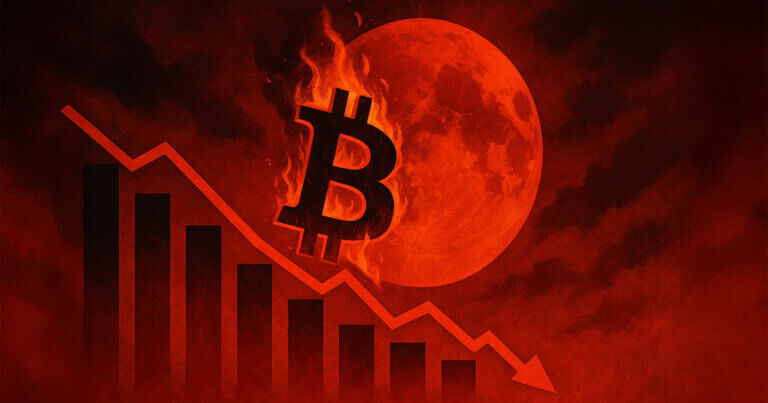Source: cryptoslate
Translation: Blockchain Knight
The U.S. Department of Commerce has begun to publish official economic statistics directly onto a public blockchain, calling this move a new initiative to enhance transparency and data security.
Bitcoin's "red month" is approaching, and with another September on the horizon, is a price drop inevitable? Let's take a look at some historical reasons why the ninth month has performed poorly for Bitcoin.
Since 2013, September has been a challenging month for Bitcoin, with prices declining in 8 out of the past 11 years. This may be because retail investors typically take profits after a summer rebound, or even sell off cryptocurrencies to cover autumn expenses such as tuition and tax planning.
Bitcoin's "red September" may also be a form of "self-fulfilling prophecy." As traders generally expect prices to fall, they adopt more conservative defensive strategies, which in turn drives the market further down. However, objectively speaking, most September pullbacks have actually been relatively mild.
It is worth noting that September often forms a "local bottom," after which Bitcoin tends to rebound strongly into "golden October," as historical data shows that the fourth quarter is often accompanied by market recoveries, and even significant increases. For example, in October 2020, Bitcoin surged from about $10,800 at the beginning of the month to over $13,800 by the end, an increase of over 27%.

From any perspective, the market in August 2025 was dramatic. On August 14, Bitcoin reached an all-time high of $124,533, but just two weeks later, it plummeted by 11%, dropping to around $110,000.
This decline resulted in nearly $200 billion in market value evaporating, with the direct cause of the drop being the sale of about 24,000 BTC by a long-dormant whale, pushing spot prices below $109,000 and triggering the largest liquidation chain reaction of the year.
In this liquidation, nearly $900 million in derivative positions were forcibly closed, with 90% being bullish long positions. Specifically, $150 million in Bitcoin positions were liquidated, while Ethereum saw $320 million in positions liquidated. In contrast, Ethereum showed relative resilience: even with an 8% drop, it remained above the 100-day moving average.
The recent market weakness is not just a matter of technicals or market sentiment. The order books in both the spot and derivative markets have remained "thin," so any large-scale sell-off (like the aforementioned whale sale) is enough to amplify price volatility.
Meanwhile, on-chain data at the end of August indicated low market activity and reduced capital inflow, further weakening buying support.
Macroeconomic uncertainty continues to pose challenges. As the market focuses on the Federal Reserve's policy direction in September, traders are assessing market volatility risks and hoping for a revival of optimism if macro signals improve (such as interest rate cuts).
Cryptocurrency trader Cas Abbé has proposed three possible scenarios for Bitcoin as September approaches.
"Range Consolidation and Repair" Scenario (Probability 40%): It is expected that for most of September, Bitcoin will trade sideways in the $110,000 to $120,000 range, during which the market will gradually reduce excess leverage, and institutional investors will slowly enter to accumulate. This consolidation will lay a healthier foundation for a potential rally in the fourth quarter.
"Secondary Decline" Scenario (Probability 35%): If Bitcoin falls below $110,000, it could trigger a new wave of liquidations, pushing prices down to the $100,000 range and clearing remaining leveraged positions. Historically, such pullbacks often precede the emergence of a "strong bottom."
"Rapid Recovery" Scenario (Probability 25%): If institutional investors buy heavily, Bitcoin could quickly recover to the $117,000-$118,000 range, igniting bullish sentiment early.
Abbé suggests that throughout September, traders should closely monitor various on-chain and macro signals, especially the activity in the options market before the expiration date on September 27, as this could provide important clues for assessing market positioning and sentiment.
Whether this year's Bitcoin "red month" in September can turn into a "green month" remains uncertain. However, considering the current thin liquidity, increased volatility, and the fact that institutional buyers are poised to enter, this September may hold both risks and opportunities.
免责声明:本文章仅代表作者个人观点,不代表本平台的立场和观点。本文章仅供信息分享,不构成对任何人的任何投资建议。用户与作者之间的任何争议,与本平台无关。如网页中刊载的文章或图片涉及侵权,请提供相关的权利证明和身份证明发送邮件到support@aicoin.com,本平台相关工作人员将会进行核查。




